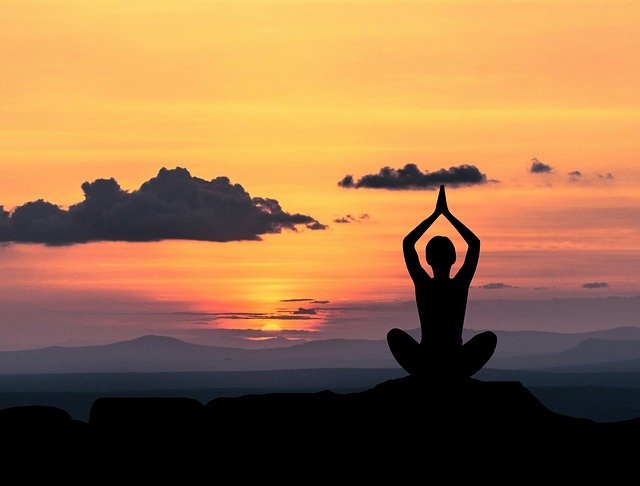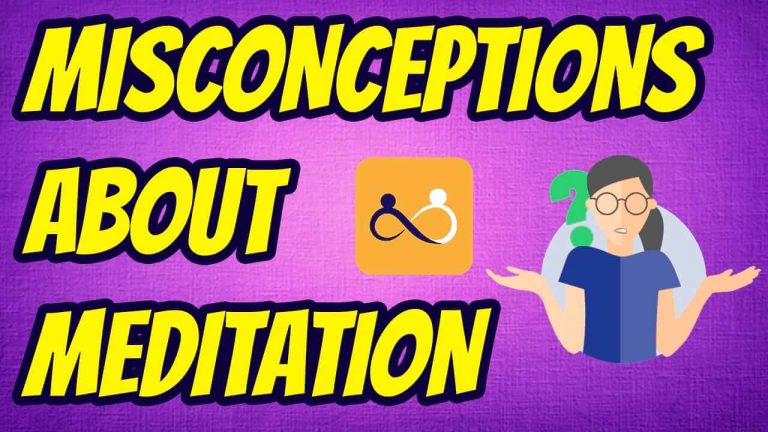1. There are Several Types of Meditation
A common myth is that there is just one style of meditation.
The one where you sit with both knees tucked in and both hands spread out while humming.

This is not true.
The practice of meditation is not limited to a single type.
There is:
- transcendental meditation
- movement meditation
- mindfulness meditation
- yoga meditation,
- and a variety of other different types of meditation available.
Researchers have discovered that diverse meditation routines have distinct effects on different bodily systems, according to the findings [1].
Thus, the multiple meditation versions each offer their own set of advantages.
You may experiment with several approaches to discover the one that works best for you and your particular situation.
2. Meditation is a Strange Practice

3. When Meditating, the Mind Should be Absolutely Free of Thoughts
If you’re just getting started with meditation, it’s quite OK to have some reservations about the technique.
But your mind doesn’t have to be absolutely blank.
Because it’s difficult to maintain a fully blank mental state, meditation is a kind of training that teaches you how to return your attention back to the present moment.

As a result, it is perfectly OK to have ideas that come and go.
While meditating, Benson of the Benson-Henry Institute for Mind-Body Medicine at Massachusetts General Hospital and Harvard Medical School advises that it is natural and expected for your thoughts to wander throughout the practice of mindfulness.
And, if this happens to you, just return your attention to repetition [3].
4. Meditate for Many Hours in Order to Observe Effects
Meditation does not have to be done for long periods of time in order to be effective.
Following your meditation, you may go about your business or do anything else for 10, 15 minutes.

When you nurture this technique, you will eventually be able to remain for a longer period of time.
In his book, Benson suggests that meditating once or twice a day for 10 to 20 minutes is acceptable.
5. Only Meditate in a Quiet Place

References:
- https://www.researchgate.net/publication/280312741_Meditation_Research_A_Comprehensive_Review
- https://journals.plos.org/plosone/article?id=10.1371/journal.pone.0205740
- https://www.apa.org/monitor/2008/10/relaxation
- https://www.researchgate.net/publication/342272177_Aware_I_Am_Alone_Intersections_of_Solitude_and_Mindfulness
Hana is a numerology, tarot and astrology expert who studied extensively in India and made some amazing connections in that time. Her goal is to teach people how to live lives of passion and purpose by utilizing numbers, tarot and the planets as a guide.

